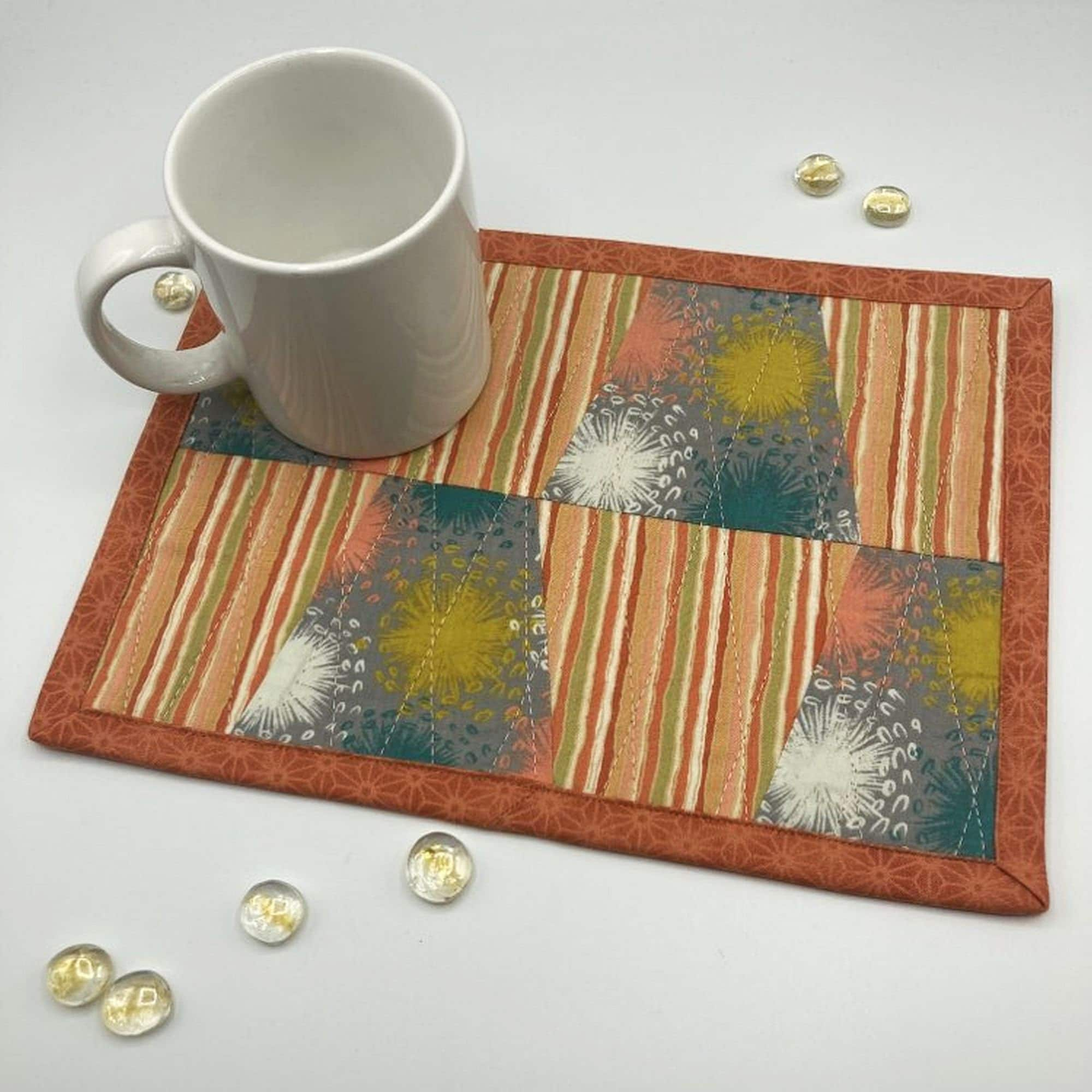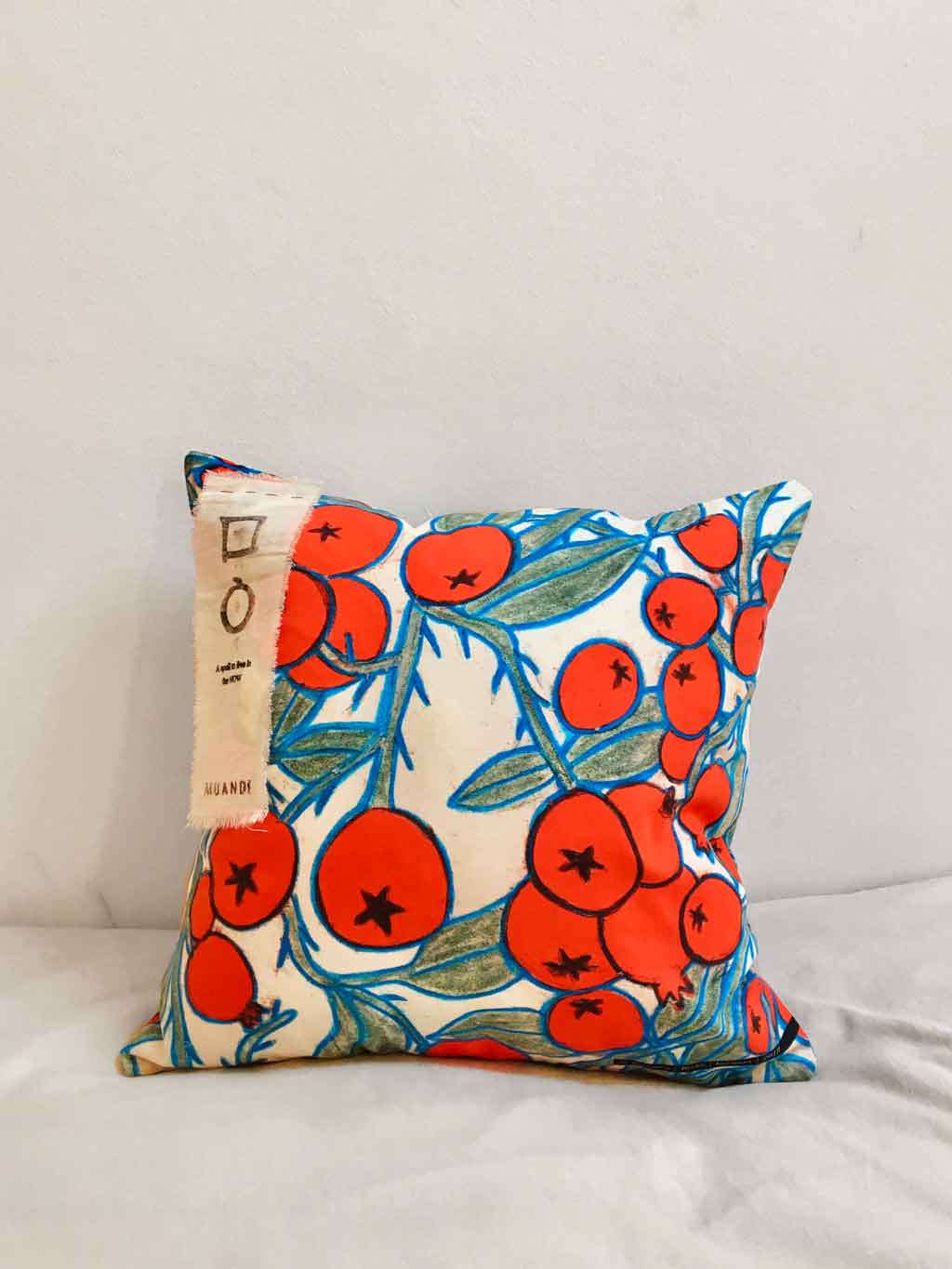The Facts About Top News Sites Uncovered
The Facts About Top News Sites Uncovered
Blog Article
A Biased View of Unique Art
Table of ContentsThe Basic Principles Of Unique Art Unique Art Fundamentals ExplainedThe Ultimate Guide To Unique ArtIndicators on Unique Art You Need To Know
While one might question which art form holds precedence, the reality remains that each of these seven types gives a special window into human background, society, and advancement. They are the tapestries that chronicle our journey, reminding us of our past while inspiring visions for the future.Wonderful artwork informs a tale, makes people look two times, and produces a special experience that can not be matched. Art and images interact every one of that via shade, form and other layout elements. Discover just how to make your special artwork stand apart from the crowd.

8 TRIA GIOVANEqual parts grand and laidback, this entrance hall designed by Anthony Baratta is the ideal blueprint to adhere to if you're enhancing a formal entryway that still really feels unfussy and comfy. Formed textiles take center stage (see the rugs and the sofa), yet they also assist bring the high ceilings to a human range when hung over wallpaper.
Unique Art Things To Know Before You Buy
18 Heidi Caillier DesignA gallery wall does not need to take up the whole room. Occasionally a little one can make a bigger design statement. In this living space, Hiedi Caillier decided for micro-mini frameworks and a random make-up.
, the expression of concepts and emotions, with the development of particular aesthetic qualities, in a two-dimensional aesthetic language. The components of this languageits shapes, lines, colours, tones, and texturesare used in different means to produce sensations of quantity, space, activity, and light on a flat surface area. These components are combined into expressive patterns in order to represent actual or superordinary phenomena, to interpret a narrative motif, or to develop wholly abstract visual relationships.
Later on the idea of the "great musician" developed in Asia and Renaissance Europe. Throughout the 19th century painters in Western cultures began to shed their social setting and protected patronage.
Unique Art - An Overview
Others made an income through touring exhibits of their job. The need to appeal to an industry had replaced the similar (if less impersonal) demands of patronage, and its effect on the art itself was possibly similar too. Normally, musicians in the 20th century can get to a target market only via commercial galleries and public museums, although their work may have been sometimes reproduced in find here art regulars.

Do not copy the style of other musicians if you're searching for your design. Copying other individuals's art work can be terrific in academic purposes however it will certainly not make you closer to discovering your very own unique design. Your imaginative style has to be, what you such as and what motivates you.
I would think about your very own design as a design you paint in naturally, when you let go of all ideas and regulations and just concentrate on painting, not believing about it. Unique Art. The style needs to come naturally to index you when you are kicked back and you can't require it or it will not be your own design, simply another person's
The 2-Minute Rule for Unique Art

With time you'll be able to sort every one of them right into your favored and the very least favored classifications. Try to focus your focus on the subjects and tools that you like and before you see it coming you'll have your very own personal and unique style, like no one else have! So in the long run you'll have a few favored topics to paint and possibly a couple of preferred mediums.
The design has to find here develop itself in time with a great deal of practice and experiments - Unique Art. Thanks for reading this blog post and if you have any type of concerns leave them in the comments listed below, I would certainly be satisfied to address these
Report this page